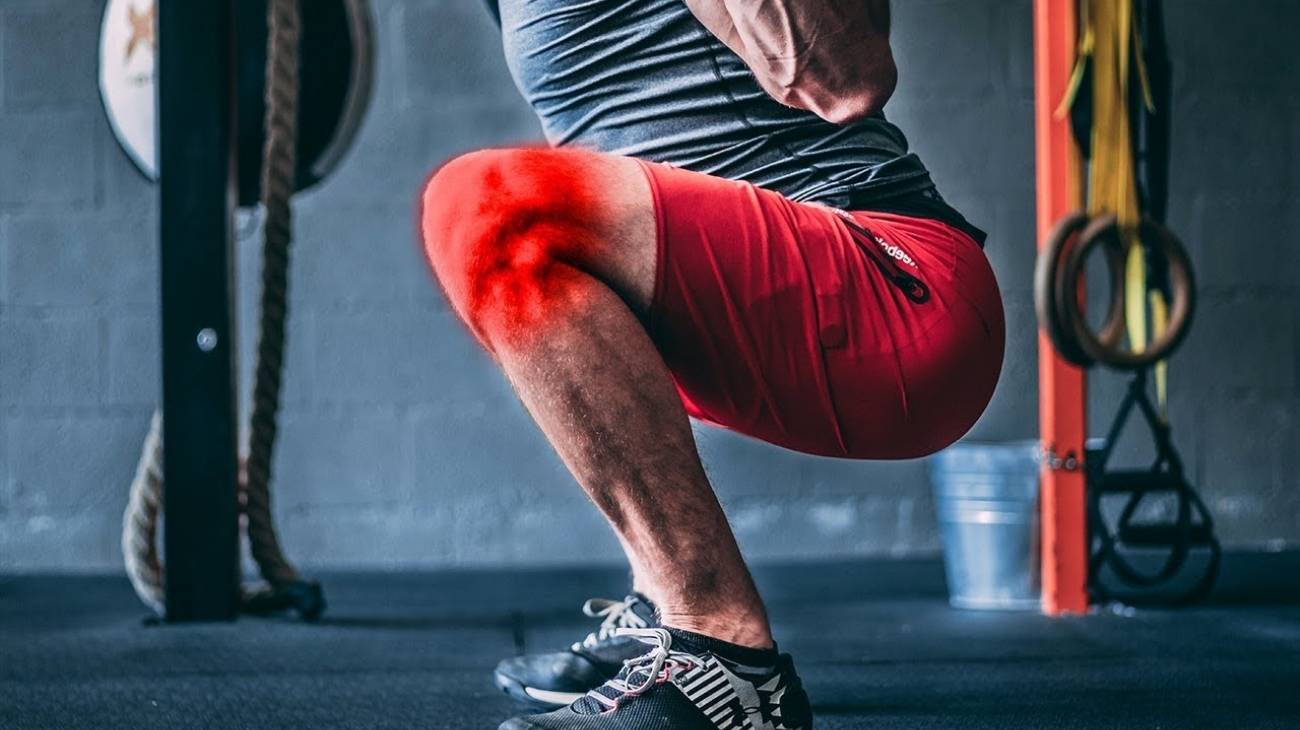Knee bursae are pockets that cushion pressure points between bones and tendons, muscles and skin. Which, for various reasons, tend to fill with fluid until they become inflamed and, in effect, produce bursitis in the knee.
Although this pathology is mild, it manifests itself frequently in many people, given that there are multiple risk factors that cause this type of knee disease. Consequently, given its frequency, it is interesting to know what it consists of and what its symptoms are, as well as how to treat it using a compression knee brace.
What is knee bursitis and what are its symptoms?
Bursitis refers to a painful disorder that, through an inflammatory process, affects the synovial sacs, which are small bags of liquid that cushion the bones, tendons and muscles around the joints.
In this sense, knee bursitis is a common condition that is defined as the inflammation of a fluid-filled sac that is located in the knee joint and is basically known as a bursa. This type of injury occurs frequently because the knee is home to different types of bursae and as a result, any one of them can become inflamed to the point of causing bursitis in the area.
We highlight which synovial bursae in the knee can become inflamed:
- Pre patellar bursa: This is located on the front of the anterior aspect of the patella and is one of the most prone or vulnerable to inflammation.
- Goosefoot bursa: Located on the inner surface of the knee.
- Semimembranosus bursa: located on the medial side of the knee, specifically, at a higher level than the goosefoot bursa.
- Superficial patellar bursa: Consists of the bursa located in front of the patellar tendon.
- Deep Infratellar Bursa: It is confined between the patellar tendon and the infrapatellar body fat.
The causes that usually develop bursitis in the knee are the following
- Overload from repetitive motions.
- High intensity activities involving use of the knee.
- Direct trauma or blows to the area.
- Bacterial infection of the synovial bursa.
- Frequent and constant pressure (such as kneeling on hard surfaces).
- Complications of osteoarthritis or rheumatoid arthritis in the knee.
Risk factors are
- Obesity or being overweight
- Certain sports such as football, volleyball, weightlifting, basketball, etc.
- Thyroid disease or diabetes.
The following signs and symptoms to help diagnose bursitis are:
- Severe joint pain, which increases with movement and persists at rest.
- Stiffness in the impacted area.
- Inflammation or swelling in the knee.
- Perception of warmth and tenderness
- Limitation of movement of the joint.
- Tenderness to touch or pressure.
- In some cases, bruising may occur.
- If the patient suffers from septic or infectious bursitis, fever may be present.
Bestseller
What are the benefits of using a compression knee brace to treat knee bursitis?
To treat bursitis in the knee, by default, the specialist doctor who can study the case more closely will prescribe a personalised treatment to speed up the rehabilitation process of the affected person. In order to stimulate a faster recovery, he or she may suggest certain complementary therapies.
One of the most effective therapies in this case is compression therapy, which is based on using an elastic garment to exert controlled compression on the injured area to regulate the functioning of the vascular wall, optimise blood flow, relieve pain and minimise swelling. A compression knee brace should be used to improve the symptoms of knee bursitis.
The following are the benefits of knee braces:
- Relieves pain: It keeps the knee fixed to avoid the continuous movement that causes pain.
- Reduces inflammation of the knee: Because, as it applies proper compression or support, it can improve the flow of blood in the knee.
- Promotes the recovery process: Because it is able to reduce the existing fatigue in the area and also helps to regain its regular functioning.
- It offers protection in the area: In view of the fact that, it avoids the manifestation of possible relapses with the fact of stabilising the knee and also serves to prevent other more serious pathologies.
- Provides comfort and safety: With the use of these compression garments, the patient will feel more secure to carry out any activity that involves the use of his knee after completing his rehabilitation.
- Boosts athletes' performance: After recovering from knee bursitis or other similar pathology, these compression knee braces lead to better overall performance, thanks to the fact that they boost the athlete's confidence and optimise the distribution of body loads.
What type of sports knee braces are best for improving knee bursitis?
When someone opts to purchase one of these compression garments, it is advisable to choose the right knee brace to mitigate the effects of the injury and also prevent its level of severity from increasing. It is essential to purchase a knee brace that provides the appropriate type of compression in the area to reap the benefits of compression therapy in treating bursitis.
It is suggested that you check the size or dimensions of the right knee brace for you in order to get an effective fit that will regulate blood flow and normalise knee function, rather than impair this process. It is important to pay attention to the manufacturing details, whether it is breathable, material of manufacture, and whether it is seamless, as the construction of these garments should be seamless.
We recommend some optimal models:
Compression sports knee brace
It is an ideal compression knee brace to treat the pain associated with knee bursitis (and other injuries in the area), which is why it helps recovery in the shortest possible time (with all the recommended care). In addition to this, it provides great stability to the knees that show weakness due to the effects of the pathology, apart from the fact that it reduces the stress or tension that accumulates in the area due to the alteration experienced.
Strap for patellar tendinitis
Primarily, it consists of a tape or strap that is used to treat patellar tendonitis (as the name suggests). But, in view of the benefits it provides, it is also recommended to improve different types of injuries that impact the knee or kneecap. Indeed, it is an effective compression garment when treating bursitis in this area of the body and accelerating the rehabilitation process, as it provides a sufficient level of compression to stabilise and improve the afflicted joint.






















